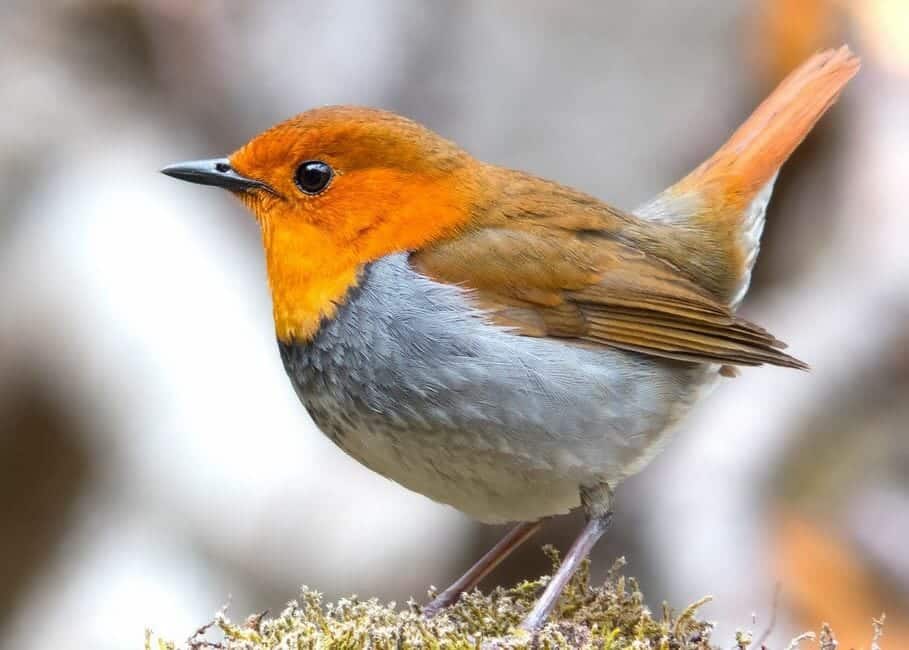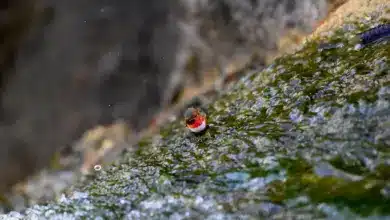Blakiston’s Fish Owl (Bubo blakistoni)
The Blakiston’s Fish Owls (Bubo blakistoni) are large, resident (non-migratory) owls that occur naturally in Russia, China, Japan, and possibly North Korea.
This species is endangered within its range with only about 100 of them existing in Japan and on mainland Asia, the population is estimated to consist of several thousand individuals.
They inhabit riparian forests, with large, old trees for nest-sites, near lakes, rivers, springs and shoals which don’t freeze in winter.
Description
The Blakiston’s Fish Owls measure about 1.1 – 2.4 feet (60-72 cm) in length. They are equal to – or some individuals being slightly smaller than – the largest known owl species, the Eurasian Eagle Owl.
The upper plumage is buff- brown and heavily streaked. The underparts are pale buffish-brown. The throat is white. It has long, broad, horizontal ear-tufts.
Their orange-yellow, forward-facing eyes are nearly as large as human eyes and are immobile within their circular bone sockets. For this reason, owls need flexible necks, as they have to turn the entire head to change views.
They have the same number of vertebrae in their necks as most mammals and can move their heads 270 degrees in either direction (nearly all the way around!).
Most other bird species have their eyes on the sides of their heads enabling them to see sideways and, to some extent, backwards. Owls, on the other hand, have both eyes in the front which enhances their depth perception.
Owls are far-sighted, and are unable to clearly see anything within a few inches of their eyes. Their far vision – particularly in low light – is, however, exceptional.
To protect their eyes, Owls have 3 eyelids – one upper and one lower eyelid. The upper lid closes when the owl blinks, and the lower closes when the Owl sleeps.
The third eyelid – called a nictitating membrane – is a thin layer of tissue that closes diagonally across the eye, from the inside to the outside. The purpose of these membranes is to clean, moisten and protect the surface of the eyes.
Males and females look alike; except the females are larger.
Diet / Feeding
Their diet consists of aquatic prey, including fish and amphibians, but they will also prey on mammals and birds.
Calls / Vocalizations
The calls are described as short, deep boo-bo-voo or a shoo-boo‘s.





